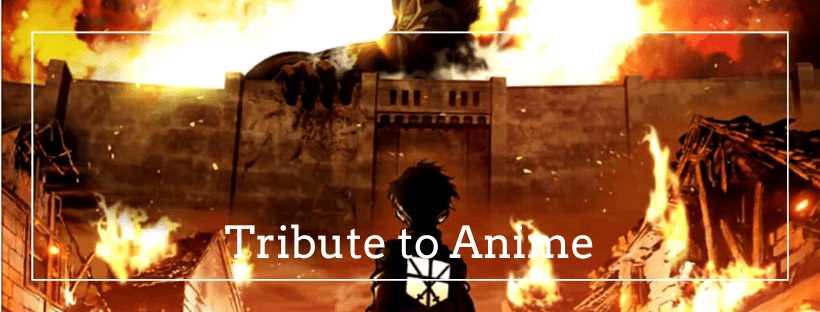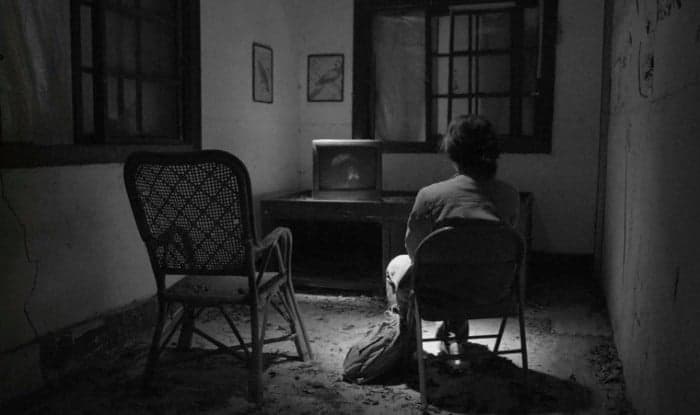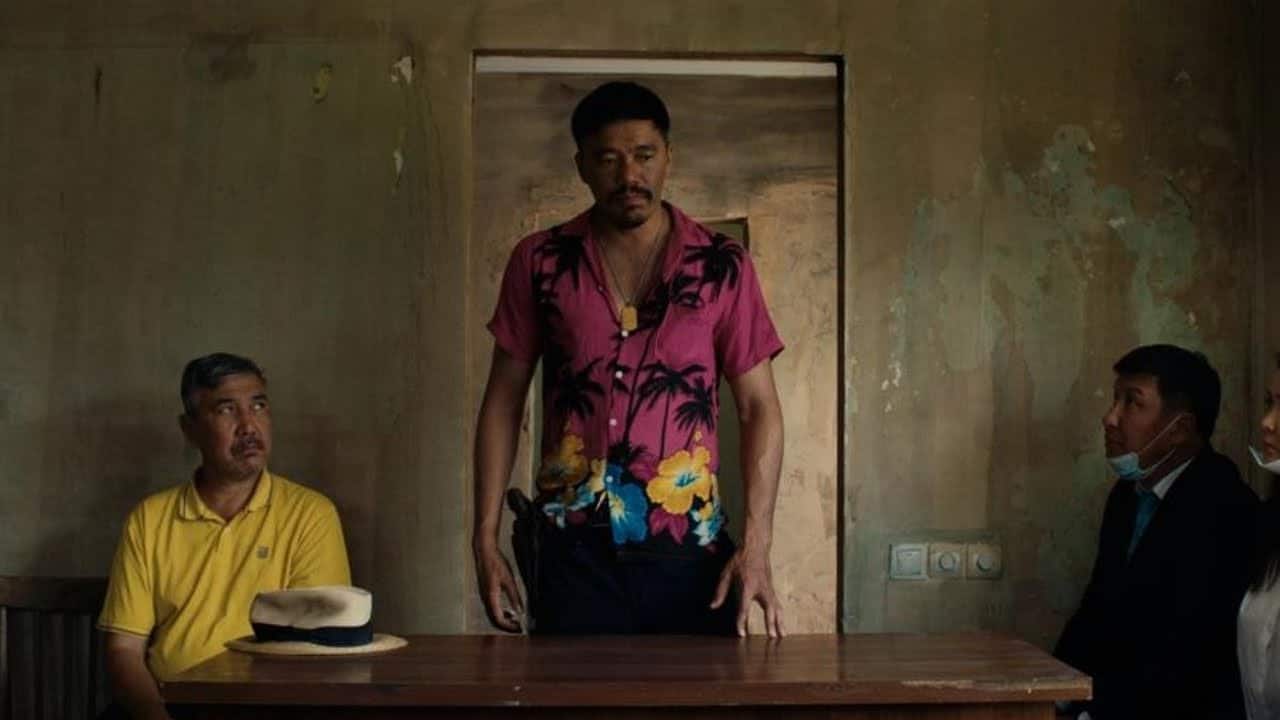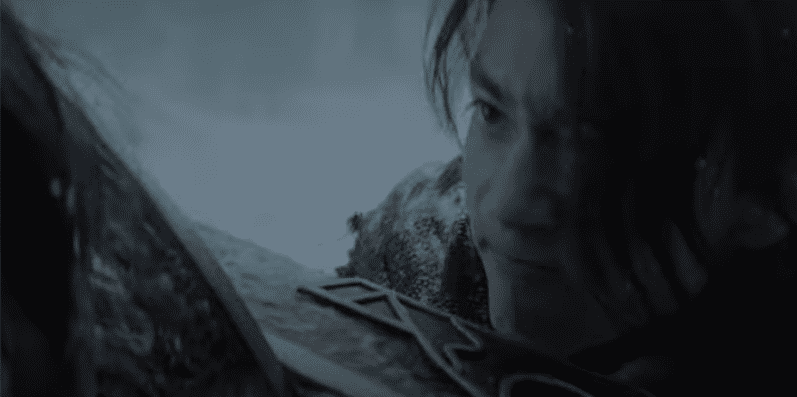If you ever considered catching up with mammoths of world literature in a moviesque nutshell, this 1993's Japanese animation may be a good way to tick off the Indian epic “Ramayana.” Yes, you've read it correctly. Indian classic made in Japan. It was marketed as an Indian-Japanese co-production, and Indian Ram Mohan, the co-director, aided a lot with culture-sensitive elements during the proceedings. However, the majority of the crew involved in this production were Japanese and all the work took place in Japan.
The Legend of Prince Rama is screening at Japan Society
From the official website of the film, we can learn that: the Indian side was in charge of the scenario, art settings, dialogue recording, music, etc., while the Japanese side was in charge of the storyboards, background, original drawings, animation, coloring, photography, and editing. On the Indian side, top-notch scenario writer, music director, artists, and film actors of the day participated, while on the Japanese side, a total of 450 people, including excellent animators who were also active in Hayao Miyazaki's works, worked tirelessly to create more than 100,000 hand-drawn celluloid pictures. It was completed in December 1992 after nine years and an investment of approximately 800 million yen.
Long story short, The Ramayana is the ancient text in Sanskrit (dated between IV BCE– II BCE) ascribed to the Valmiki, a legendary harbinger poet. Along with “Mahabharata”, “Ramayana” is as significant to Indian culture are “Illiad” or “Odyssey” are to the European one. It is also similarly omnipresent in the form of literary and cinematic references. Japanese Yugo Sako, director, screenwriter, and producer, who paid numerous visits to India shooting documentaries, became fascinated with the said epic and decided to turn it into an animated film. The task became rough at a point when a radical Hindu group opposed the project (vital issue to be noted: unlike Greek epics, “The Ramayana” has up-to-date devotional importance for Hindus).
“Ramayana” can be translated as “The Journey of Ram”, so the film's English subheading “The Legend of Prince Rama” is more or less self-explanatory. The plot has no surprises for those familiar with the ancient saga: brave prince Ram of the Kosala kingdom as a result of court intrigue is banished from the royal palace in Ayodhya for 14 years. In the forest exile, he is accompanied by his devoted and beautiful wife Sita and his brother Laxman. Due to the jinxed turn of events, powerful demon Ravana kidnaps Sita. Ram and Laxman, with the support of the monkey-faced god Hanuman and his army of monkeys, come to the rescue and the great battle begins. It is a faithful adaptation of parts of the epic (or we should rather say one of its various regional versions), and definitely a cautious one. Don't expect a creative approach or any sort of attempt to artistic interpretation. It sticks to the literal meaning and doesn't leave a space for any poetic touch or questions. Also, it ends on a happy note, omitting the controversies connected with later accusations against Sita.
Ram Mohan explained in one of the archive interviews: It is a sort of general Ramayana. We had to take care that the Indian audience is not offended. We didn't do anything that was not looking right like Ram should have not looked like this or Sita should have been like this that we took care of. But the telling of the story was simplified to a great extent. Because we also wanted even the international audience to understand and appreciate what has happened. So it was generalized.
But if you leave behind expectations to find something deeper in this tale, you'll be entertained, especially if you don't know the source text. There are epic battles, evil plots, brave warriors, powerful creatures, and demonic beings. The visual side is still appealing. It mixes the Japanese style of animation with Indian iconography, bringing to mind paintings of Ravi Varma. The backgrounds are beautifully detailed. Battle scenes involve plenty of dynamics, but be wary of some graphic violence if you plan to watch it with kids (otherwise it is a rather family friendly movie). Music by Vanraj Bhatia and Alan Howarth draws greatly from Indian classical tunes and the songs in the English language version are in Sanskrit.
I asked my Indian friends about “The Legend…”, curious if they perceive it very differently from me as a foreigner (having cultural appropriation in mind). And they do have very fond memories of it being replayed on Indian national tv Doordarshan and local Cartoon Network every Diwali (a festival being a celebration of Rama's victory over Ravana).
Just be aware that in the world of herstories and heroine-centric retellings of old tales, this patriarchal world of male heroes and paper-cut and pretext female characters seems very out of date and space, and you may need evergreen “Sita sings the blues” by Nina Paley as a detox.
















